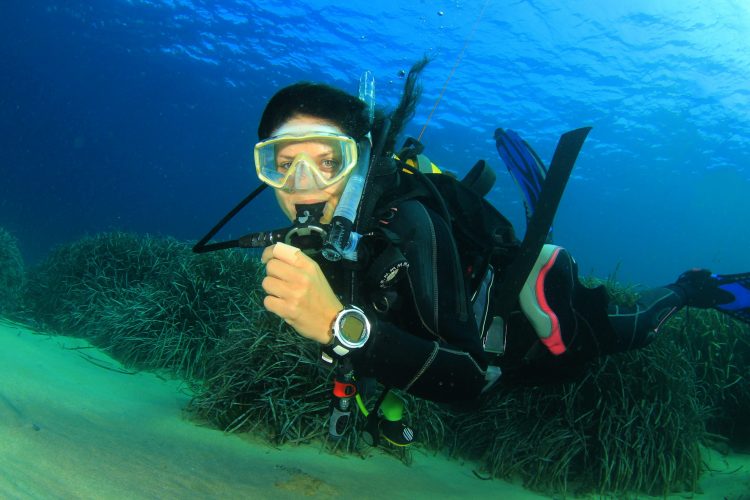
What is a Barotrauma?
A change in the atmospheric pressure in our surroundings, such as when scuba diving or during a plane’s landing, causes a reaction in the middle ear.
The Eustachian tube (which connects the nose to the middle ear) equalizes the air pressure on each side of the eardrum when there is a change in pressure.
In order to keep the air circulating properly, the Eustachian tube opens, pushing air into our ears (which is known as the Valsalva technique). We can stimulate this process by chewing gum or drinking a liquid.
Ear barotrauma occurs when the air pressure is not equalized because the pressure change was too drastic or when nasal congestion prevented the Eustachian tube from opening.
This leads to the following uncomfortable symptoms:
- ear pain,
- a feeling of blockage in the ear,
- impaired hearing,
- ringing in the ears,
- dizziness and more.
A combined assessment with an ENT and an audiologist can determine the proper diagnosis for each ear barotrauma case.
A person suffering from ear barotrauma presents :
- with Eustachian tube dysfunction,
- barotraumatic otitis
- or a perforated eardrum or oval window.
The appropriate treatment will then be prescribed:
- decongestant,
- antibiotics
- or, in rare cases, surgery.
Recovery can take anywhere from a few days to several weeks.
If you have any questions about your hearing or that of a loved one, our hearing health professionals will be happy to answer them.
BY Jenny Turcotte, Audiologist, Polyclinique de l’Oreille

